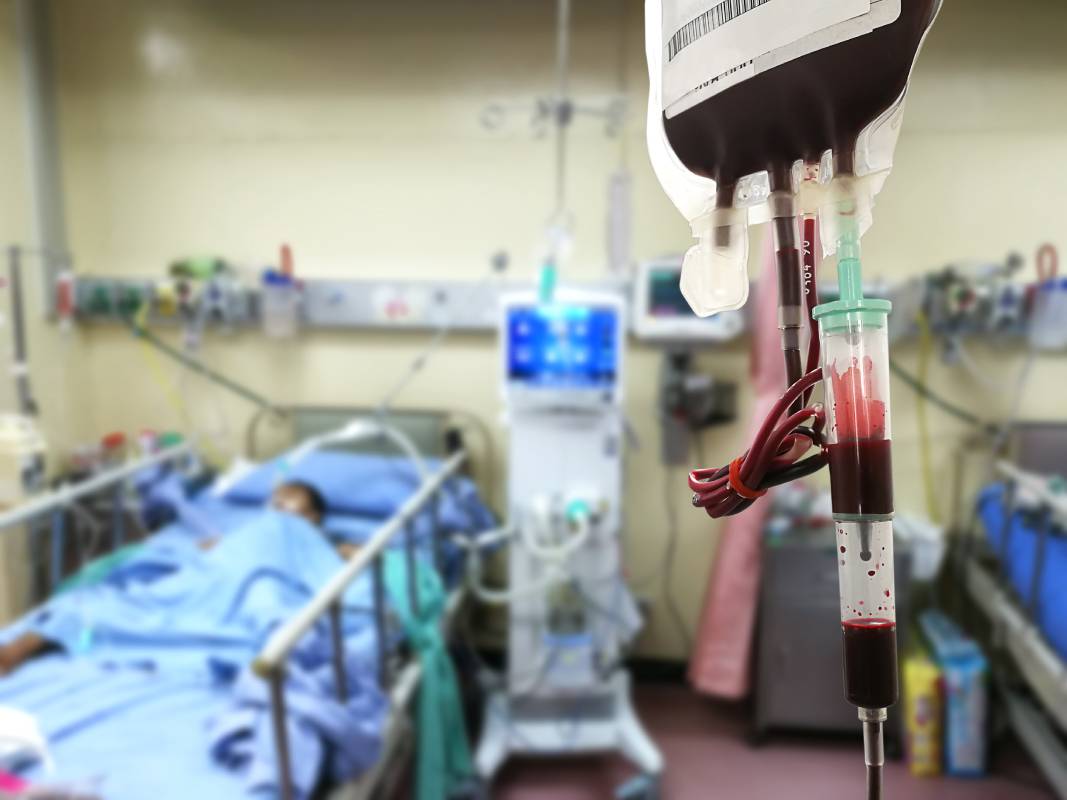How Anesthesiologists and CRNAs Manage a Difficult Intubation
Anesthesia is a crucial part of the perioperative process. It is administered to patients undergoing surgical procedures to ensure their comfort and safety. One of the most critical aspects of anesthesia administration is the management of the airway. The airway must be secured during surgery to facilitate breathing, and one way this is achieved is through endotracheal intubation. However, intubation can be challenging in some patients, leading to difficulties for anesthesiologists and certified registered nurse anesthetists (CRNAs).
A difficult intubation is a situation where the airway is challenging to manage, or the process of intubation is unsuccessful. Factors that may contribute to a difficult intubation include obesity, anatomical abnormalities, a history of difficult intubation, and neck or jaw injuries. When faced with a difficult intubation, anesthesiologists and CRNAs must use their skills and experience to manage the situation successfully.
The first step in managing a difficult intubation is to identify the issue. Anesthesiologists and CRNAs will perform a thorough assessment of the patient’s airway to determine the best course of action. They will consider the patient’s medical history, physical characteristics, and the type of surgery to be performed. They may also use advanced imaging techniques such as ultrasound to get a better view of the airway.
Once the issue has been identified, the anesthesiologist or CRNA will determine the best technique to use for intubation. They may choose to use a different type of laryngoscope, such as a video laryngoscope, which provides a better view of the airway. They may also use a different size or type of endotracheal tube, such as a smaller or more flexible tube, to make intubation easier.
In some cases, intubation may not be possible, and alternative methods of airway management must be employed. These include the use of a laryngeal mask airway (LMA) or a supraglottic airway device (SAD). An LMA is a flexible tube that is placed in the mouth and sits above the glottis, allowing for the delivery of oxygen and anesthetic gases to the lungs. An SAD is similar to an LMA but is designed to sit at the level of the glottis, providing a more secure airway.
In conclusion, managing a difficult intubation is a challenging but essential aspect of anesthesia administration. Anesthesiologists and CRNAs must use their skills, knowledge, and experience to identify the issue, determine the best technique, and employ alternative methods of airway management when necessary. With proper management, patients can receive safe and effective anesthesia during surgery, even in cases of difficult intubation.
More From The Blog

Role of Anesthesiologists in Patient Blood Management
Patient blood management is an evidence-based, multidisciplinary approach aimed at optimizing the care of patients who require a blood transfusion. It focuses on minimizing blood

Common Adult ENT Procedures in the Outpatient Setting
A number of Ear, Nose, and Throat (ENT) procedures can be performed in outpatient settings. These procedures are typically minimally invasive, allowing patients to return home the same day without the need for extended recovery in a hospital.